Introducing Sedum: A Succulent for All Seasons
Welcome to the world of Sedum, where the resilience and beauty of succulents take center stage in gardens everywhere. Known for their rugged reliability, sedum plants offer a low-maintenance splash of color that’s hard to match. These hardy perennials are like the Swiss Army knives of the plant kingdom, thriving where others merely survive. With varieties ranging from the carpet-forming groundcovers to the statuesque border plants, there’s a sedum for every nook in your outdoor space.
Why do green-thumbed enthusiasts sing praises for these plump-leafed beauties? For starters, sedums are champions of sustainability, asking for little yet giving much in return. Their drought-tolerant nature makes them perfect candidates for the eco-conscious gardener, reducing the need for frequent watering. This robust adaptability to diverse conditions isn’t just a boon for busy gardeners; it makes sedum a top choice for greening challenging landscapes.
If you’re new to the art of propagation, understanding sedum’s natural inclinations can unlock a world of potential. Division, one of the simplest forms of propagation, allows these succulents to multipy with ease. Imagine turning one plant into a kaleidoscope of leafy splendor with just a few strategic snips. Whether you’re a budding enthusiast or a seasoned horticulturalist, sedum division offers a pathway to garden success that’s both rewarding and surprisingly simple.
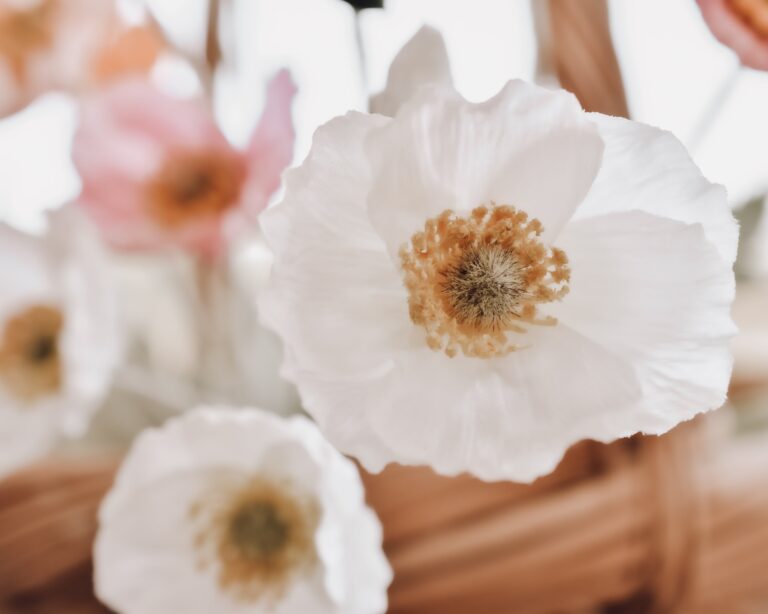
From the fresh greens of spring to the rich rusts of autumn, sedum leads a year-round parade of color and texture. And it’s not just about aesthetics; these hardy troopers play a pivotal role in the ecosystem. By supporting a variety of pollinators, sedum plants contribute to the health and biodiversity of your garden. There’s no doubt that understanding the value of sedum will inspire you to embrace division as more than a gardening task—it’s a way to spread the joy and resilience of these remarkable succulents.
Understanding Sedum Division: What, Why, and When?
Let’s dig right into the garden bed of knowledge and unearth the essentials of sedum division. Just like you might rearrange your living room for a fresh look and better function, plant division is about giving your sedums a new lease on life. Imagine this: your sedum, vibrant and thriving, has grown so lush that it’s getting a bit too cozy in its current spot. This is where division becomes your garden’s best friend. Splitting up the plant not only rejuvenates it but also multiplies your green treasures – it’s like hitting the botanical jackpot!
Why is dividing sedums so effective? Picture your sedum as a cluster of mini-plants, all vying for the spotlight under the sun. As they compete for nutrients and space, they can become less vigorous. By dividing them, you not only ensure that each ‘solo act’ gets its chance to shine, but you also prevent overcrowding and promote better air circulation, warding off the dreaded rot that often plagues succulents.
Now, when is the best time to wield your gardening shears for the big split? Timing is everything – just like you wouldn’t want to move house in the middle of a blizzard. For sedum division, the golden periods are early spring or late summer to early fall. Springtime is when your sedums are waking up, stretching their stems and eager to grow; dividing them then gives them the whole season to establish. Or choose the cool-down of fall, after the scorching summer sun has passed, to give them time to nestle in before winter’s nap.
In our guide to succulent care, we delve into the specifics of nurturing these resilient yet delicate beauties. Knowing exactly when and how to care for your sedum is like having a green-thumbed fairy watching over your garden, so be sure to check it out!
Remember, just as you instinctively know the best way to slice a pie for even pieces, division is all about balance – you want each offshoot to have enough leaves and roots to stand on its own. With a little practice, you’ll become a sedum-splitting wizard, creating a cascade of succulents from just one mother plant!
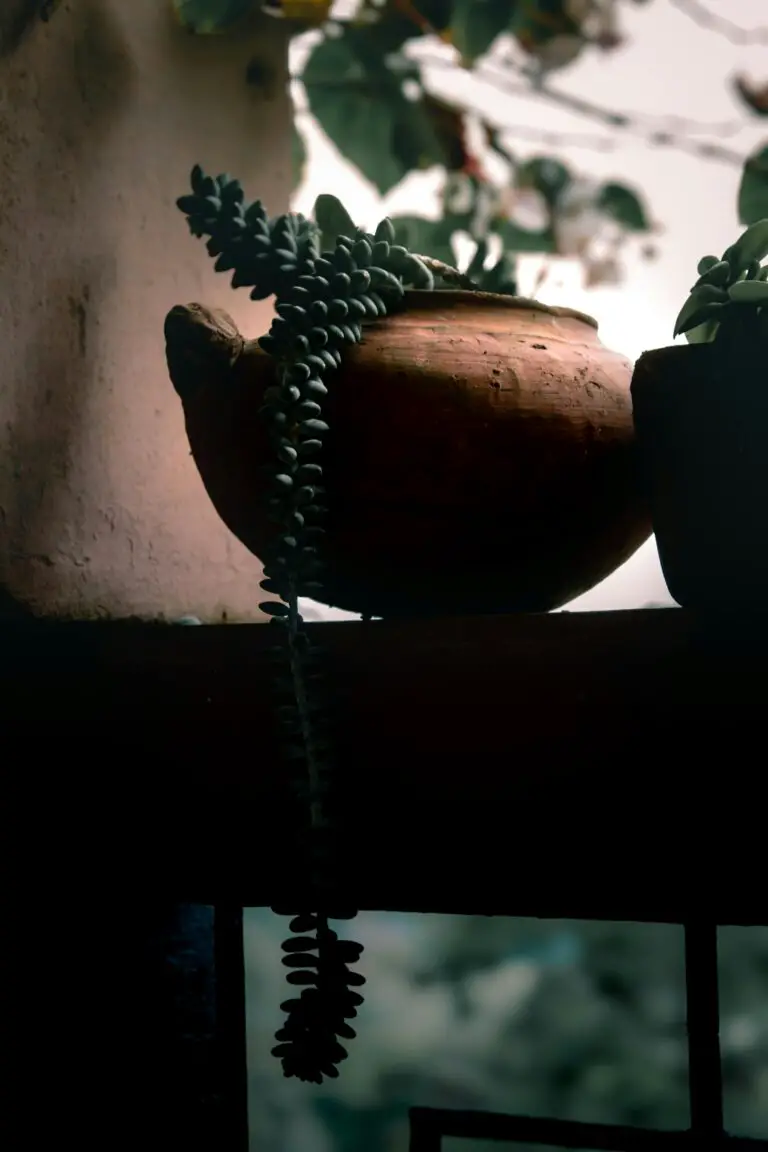
Preparing for Division: Tools and Techniques
Welcome fellow green thumbs to the world of sedum division—where every snippet can blossom into a full-fledged succulent spectacle! Before you roll up your sleeves and dive into the soil, it’s crucial to equip yourself with the right tools and know-how to split your sedums with finesse. Let’s get your toolkit and techniques primed for the ultimate propagation party!
First thing’s first: you’ll need a sharp pair of garden scissors or a knife. A clean, sharp cut is the kindness you can show your plants, preventing unnecessary harm and aiding faster recovery. Picture yourself as a skilled surgeon in the operating room of your garden—precision is key!
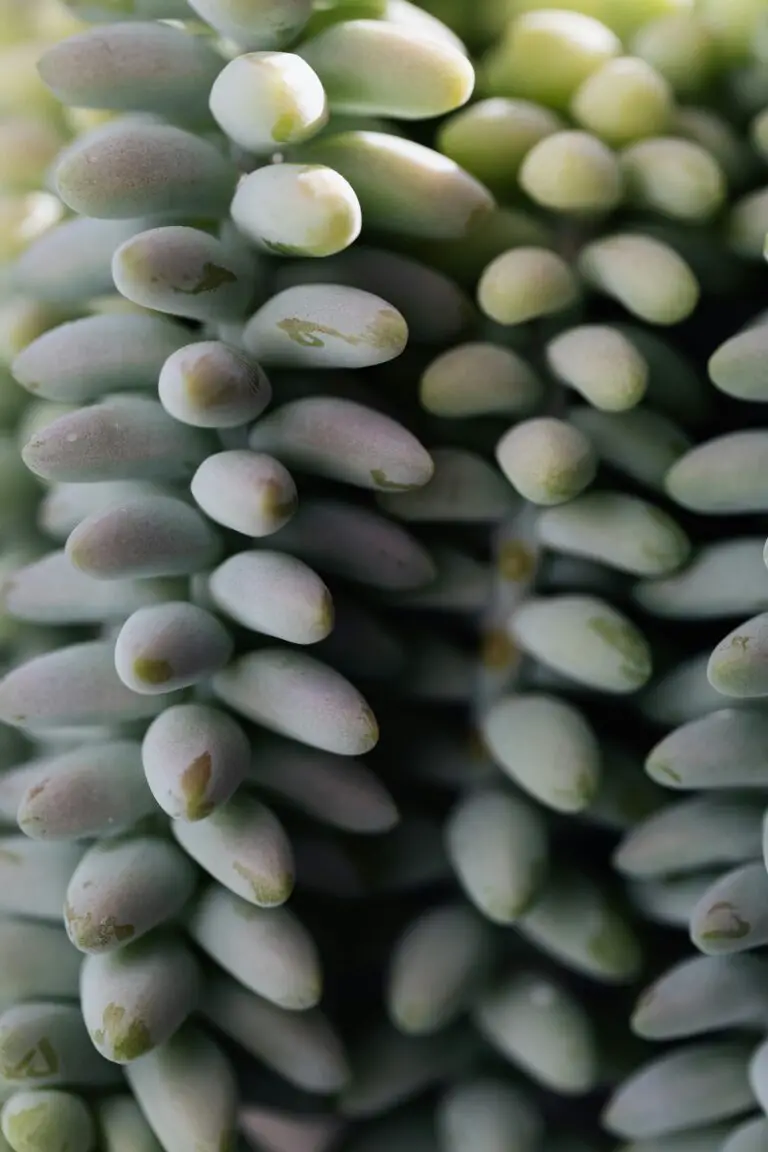
Now, don your gardening gloves, because it’s about to get dirty (in the best way possible). You’ll also require a trowel for unearthing the sedum glory gently, ensuring roots remain intact as much as possible. Think of a treasure hunter—each root is precious and holds the promise of new growth.
Begin by watering your sedums a day before division. This prep step is like hydrating before a workout—it makes the process smoother and less stressful for the plant. When D-Day arrives, approach your sedum with the gentle hands of a sculptor—carefully clearing away soil to reveal the division spots. Identify sections that look like they’re itching to go solo and prepare to make your move.
Armed with your sharpened tools of trade and a pot of fresh potting mix, you’re all set! For those yearning for more sedum wisdom, Sedum Propagation 101 is your go-to guide for propelling these resilient beauties into new territories.
But remember, while your sedums don’t need the greenest of thumbs, they do crave your tender love and care. Head over to our comprehensive guide to learn more about nourishing these hardy souls. With the right tools and techniques, you’ll soon host a flourishing sedum fiesta that’s the envy of the neighborhood!
Sedum Division Success: Propagate Your Succulents with Ease
Steps to Divide Your Sedum with Confidence
Are you staring at your flourishing sedum, wondering how to create more of these succulent wonders? You’re in luck! Dividing sedum is as straightforward as following a treasured recipe, and I’m here to walk you through it, spade in hand. Let’s turn your single plant into a succulent sensation—one clean cut at a time!
The first step in sedum propagation is choosing robust, healthy sections to divide. Look for parts of the plant that exhibit vigorous growth and a lust for life—that’s your sedum’s way of winking at you, signaling it’s ready to go forth and multiply. Gently tease out the sections from the mother plant, like unraveling a ball of yarn, ensuring you have a good amount of roots attached for a head start in their new homes.
Now, onto the surgical precision required for a clean break. With a sharp, sterile knife or pair of scissors, channel your inner green-thumbed surgeon and make decisive cuts. Aim for sections with multiple stems, giving each new plant a bouquet of potential. Picture a painter slicing through the canvas to create individual masterpieces—that’s you, crafting future sedum standouts.
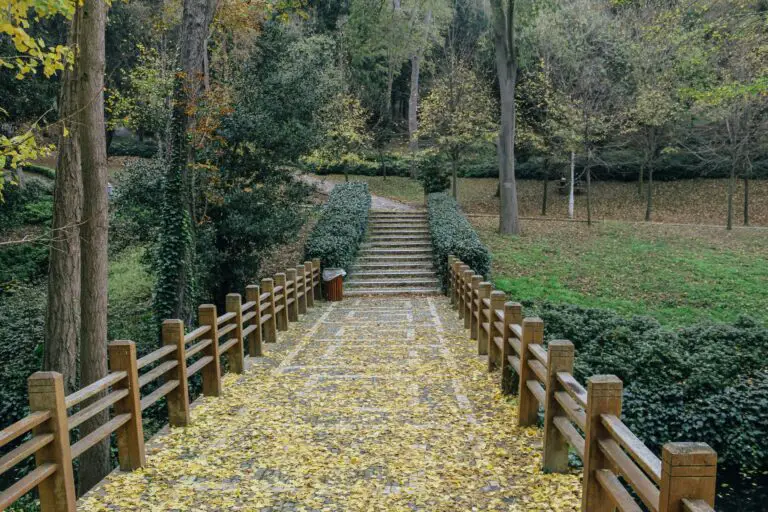
Once you’ve got your plant segments, it’s time to handle them with the care they deserve. Imagine you’re holding a fragile antique, passing down generations of botanical heritage. Nestle the newly liberated segments into a prepped bed of well-draining soil—think of it as tucking your little green babies into their cozy, earthy cribs.
With these steps, you’ll soon see your sedum thrive and multiply, gracing your garden with pops of resilient beauty. Remember, each cut is a new beginning, each division a promise of growth. So, sharpen those tools and bestow the gift of sedum abundance with your newfound propagation prowess!
Aftercare for Divided Sedum: Ensuring Healthy Growth
Now that you’ve successfully divided your sedum, it’s time to focus on the aftermath! Proper aftercare is like a warm hug for your plants, ensuring they bounce back stronger and more vivacious. Let me walk you through the simple, yet essential steps to beckon in those first sprouts with confidence.
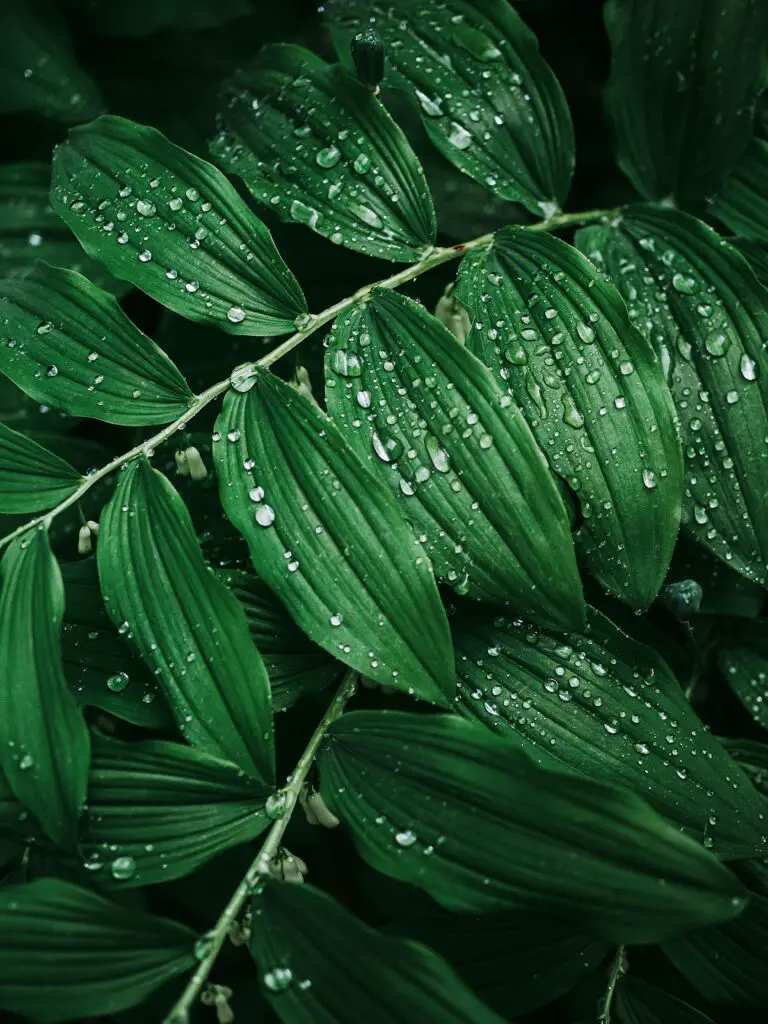
Water Wisely: Water is the source of life, but just like a good thriller, too much can turn deadly. Imagine you’re making a delicate cup of tea – too much water and it’s bland, too little and it’s overbearing. After division, your sedum requires a careful balance. Keep the soil moist but not drenched, especially during the first few weeks when roots are reestablishing themselves.
Soil Conditions Matter: A sedum’s roots crave a comfy home with the right mix of nutrients and drainage. A crumbling castle of compact soil won’t do; your succulents need a well-draining mix where water can escape like a graceful swan dive, avoiding any root-rot drama.
Sunlight – The Stage Light: These sun-loving succulents need their spotlight, but they’re not divas. Choose a site where they can bask in the sun’s glory for a good part of the day, without being scorched by an afternoon encore. Dappled sunlight often makes for the perfect stage.
The Waiting Game: Patience, young grasshopper! Sedum doesn’t rush for anyone. It may take several weeks to a few months before new growth is noticeable, but rest assured, it’s worth the wait. Keep an eye out for tiny green buds springing to life – a surefire sign that your plants are setting down their roots and thriving in their new space.
A bit of TLC will go a long way with your divided sedum, leading to a heartwarming tale of regeneration and resilience. Remember, aftercare is not just about sustenance, it’s about setting the stage for a flourishing sequel in your garden narrative.
Common Pitfalls and How to Avoid Them
Any gardener who’s tried their hand at cultivating sedums knows these plump, picturesque succulents can be a real treat in the garden. However, the journey to perpetuate these beauties through division isn’t without its fair share of pitfalls. But don’t let that deter you! With a little know-how, you’ll be navigating this path like a pro.
First up, timing. It’s an easily overlooked component with consequences that can truly dismay the unprepared gardener. Dividing sedums too early in the spring can lead to moisture-loving pests catching wind of your succulents’ vulnerability, while too late in the fall can lead to frost-damaged roots. Aim for that Goldilocks window when the soil is warm and the sedums are just waking up, or when they’ve had a chance to harden off after the summer’s heat.
Root Rot: The Stealthy Saboteur
We’ve all been there — excitingly pulling apart our sedum clumps only to find the dreaded mush of root rot. This sneaky saboteur thrives in overly moist conditions, especially if your sedum is still recovering from the division. The trick is to ensure well-draining soil and to be cautious with watering – it’s a succulent after all, not a water lily.
Beware the Cut that Crushes
When it comes to division, the instrument of choice and your technique matter immensely. Using a dull knife or making imprecise cuts can crush delicate tissues, impeding your chances of success. Sharpen those tools and aim for clean, deliberate cuts. Think of it as sedum surgery; precision is your best friend.
The Overeager Planter
Real-life example alert: Imagine Sally, the overzealous gardener, who, in her eagerness to see her sedums spread, replants divided sections too close together. Spoiler: It’s a setup for overcrowding and competition. Emulate Smart-spacing Sam instead, who knows to give each succulent its space to thrive and dazzle.
To see a practical demonstration of these tips and get a visual guide on how to divide your sedums, take a look at this helpful video:
In summation, heed these pointers: choose your timing wisely, make sure the soil’s draining like a champ, use sharp tools, aim for clean cuts, and provide ample personal space – for your sedums, that is. Keep these in mind, and you’re all set for your next sedum division. Happy propagating!
Expanding Your Garden: Creative Ideas for Using Divided Sedum
Ah, sedum—those hardy, drought-tolerant succulents that capture the hearts of gardeners everywhere. If you’ve mastered the art of sedum division, you’re likely wondering how to make the most of your bounty. Fear not, green-thumbed friends, we’re diving into a world brimming with possibilities for your newly propagated succulents. Whether you’re fashioning a rock garden masterpiece or designing a tapestry of texture for your patio pots, your divided sedum can take center stage.
Instant Wow Factor with a Sedum Showcase
First off, think about creating a dedicated sedum section in your garden that screams ‘look at me!’ Picture a mosaic of colors and textures, with your divided sedum varieties standing proudly like an artist’s palette come to life. Nestle them among stones or let them flow over the edge of a retaining wall. The transformation is immediate, and the inspiration it delivers will have visitors gushing over your gardening prowess. Real-life example? Imagine a spiraling sedum spiral à la Fibonacci, not only mathematically mesmerizing but also an eye-catching feature that buzzes with pollinators.
Portable Pizzazz: Pot Arrangements with Personality
For those who adore container gardening, your divided sedum can inject a fresh dose of charm to your pot arrangements. Integrate them with complementary plants such as lavender or small ornamental grasses for a display that dances with diverse form and texture. A client of mine once used divided sedum to line the walkway to their urban retreat, creating a vivid welcome mat – each pot was a burst of life standing sentinel to their sanctuary in the city.
Here’s where it gets really exciting. Mix and match sedum with other succulents in multi-tiered pot arrangements to construct a living sculpture. Imagine pots stacked and nestled within each other in a gorgeous gradient of greens, the sedum spilling over like a verdant waterfall. It’s these creative touches that turn a routine pot arrangement into a statement piece.
Leveraging Landscape Design with Divided Sedum
Let’s talk landscape design. Sedum isn’t just for ground cover; it’s an architect’s dream for adding layers and elevating the texture in garden design. A sedum border along a walkway or driveway can provide a low maintenance yet sophisticated look. Consider a patchwork quilt effect, with each square featuring a different sedum variety—now that’s a ground cover game-changer!
Incorporating divided sedum into rockeries or around water features amplifies their allure, as they harmonize with the natural elements and invite a serene feeling to outdoor spaces. A colleague recently landscaped a client’s hillside with sedum terraces, creating an enchanting stairway of succulents that not only looked stunning but also combated soil erosion—talk about a win-win.
Expanding Your Garden: Creative Ideas for Using Divided Sedum
When it comes to your garden, think of divided sedum as the versatile superstars that can shine in any setting. Whether you’re a seasoned gardener or just discovering the joys of planting, these robust succulents can transform your green spaces into enviable outdoor sanctuaries. Let’s explore how you can weave the magic of sedum into your garden tapestry.
Rock Garden Romance: Sedum Steals the Show
Imagine a picturesque rock garden, each nook and cranny filled with the vibrant greens and bursts of color from your sedum collection. But don’t just plant—strategize! Position your divided sedum to cascade over boulders, creating a natural waterfall effect that’s effortless yet breath-taking. Rock gardens are all about texture and surprise, and sedum delivers both in spades.
Container Creativity: Pots with a Purpose
Containers don’t have to be merely functional; with sedum, they can be a focal point. Consider pairing your divided sedum with other succulents to create a living mosaic that’s both striking and drought-resistant. Arrange pots at varying heights for a layered look or cluster them for a communal planting that speaks volumes about your creative vision.
Along the Edges: A Sedum Statement
Using sedum as a border plant is both smart and stylish. Picture the lush foliage edging your walkways and garden beds, leading the eye and accentuating the landscape. Sedum’s adaptability means it can create soft yet defined lines that bring a touch of professional design to your home garden.
Topiary Temptations: Sedum with Structure
Yes, you can even use sedum to craft living sculptures. Play with pruning to shape your plants into spheres or cubes, adding a touch of whimsy and wonder to your outdoor space. Sedum’s resilience makes it ideal for topiary projects—plus, they’re conversation starters at any garden gathering.
Now stir your imagination by watching this video, packed with tips and tricks for dividing and planting sedum. Let it inspire your next garden project and watch as your divided sedum turns heads and ignites conversations.
Frequently Asked Questions
Have you ever looked at your flourishing sedum and wondered, “When is the perfect time to multiply my hardy friend?” or “How do I keep those pesky pests at bay during division?” You’re certainly not alone! In the thriving world of sedums, these questions pop up like new buds in spring. Let’s delve into the gritty details and turn you into a division maestro for these resilient succulents.
How Often Should I Divide My Sedum?
Think of sedum division like a spa day—it’s not an everyday affair, but it’s essential for rejuvenation. Most sedum species thrive with a division every 3 to 4 years. This not only reinvigorates the plant, leading to more vigorous growth, but also helps to curb overcrowding. Imagine a bustling city during rush hour—that’s your sedum’s roots without timely division!
Dealing With Pests During Division
Just like a blockbuster movie attracts crowds, dividing your sedums can sometimes draw in unwanted guests—pests. To manage this, gently clean the roots and remove any dead leaves where critters might hide. A mild soap solution can work wonders as a pest deterrent, keeping your newly divided sedums as uninviting to pests as an empty theater on a Monday morning.
Storing Divided Sedum Plants Before Planting
Life can be unpredictable, and sometimes you might end up with divided sedums but no immediate space to plant them. Fret not! You can store these future stars of your garden in a cool, dry place with indirect light. It’s like having a backup singer ready for their solo—your sedums can hang tight until it’s showtime.
Are All Sedum Varieties Divided the Same Way?
The sedum cast is diverse! While the dividing process is generally universal—think of it as the standard script for an ensemble movie—not all characters follow the script to a T. Some sedum varieties might need more careful handling or different timing. It’s your job as director to adjust the division process, ensuring each succulent star shines its brightest.
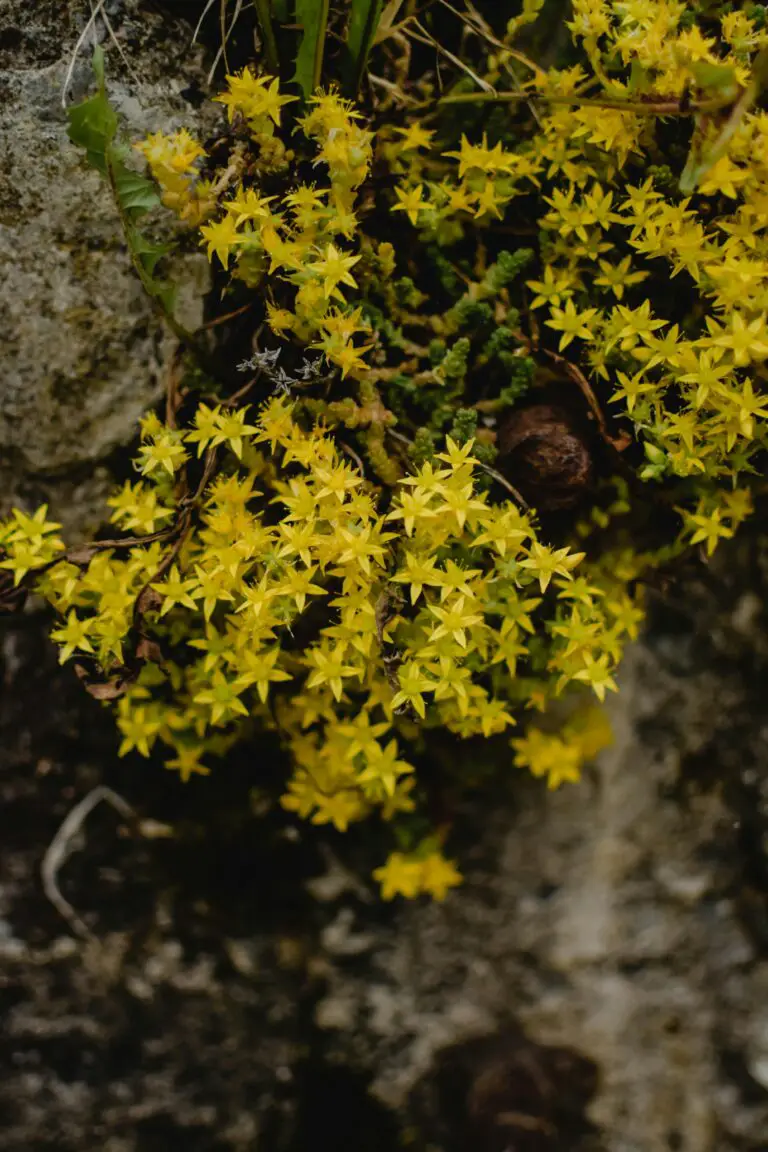
Remember, the key to sedum division success is understanding your plants’ needs and keeping your garden tools in the limelight. With these tips and a touch of patience, you’ll have a succulent ensemble ready to take center stage!


